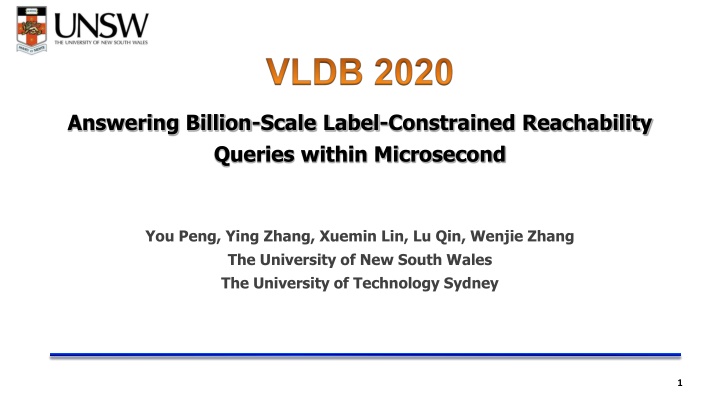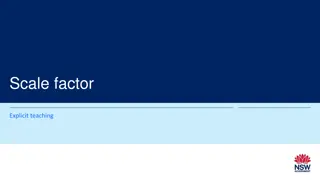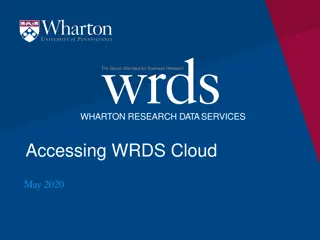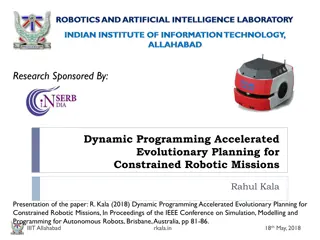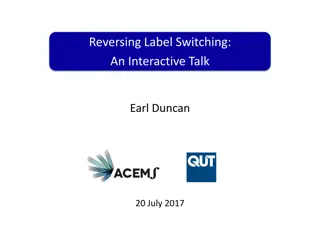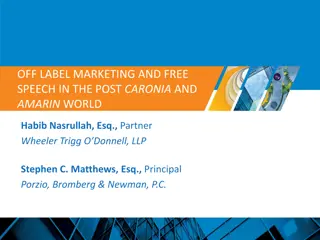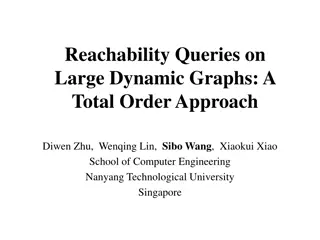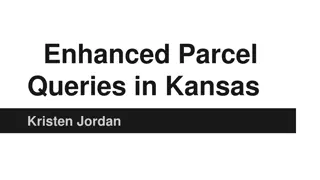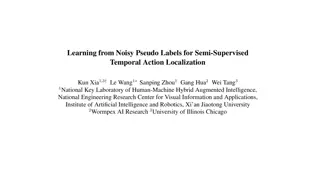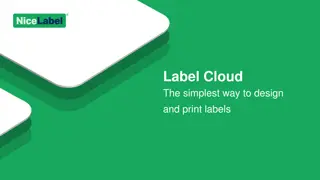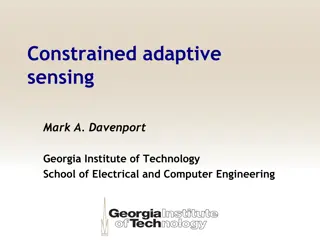Efficient Billion-Scale Label-Constrained Reachability Queries
Graph data sets are prevalent in various domains like social networks and biological networks. Label-Constrained Reachability (LCR) queries aim to determine if a vertex can reach another vertex through specific labeled edges. Existing works utilize exhaustive search or graph indexing techniques, but new indexing methods based on a 2-hop labeling framework provide significant improvements in query evaluation speed and indexing size, scaling to billion-scale graphs.
Download Presentation

Please find below an Image/Link to download the presentation.
The content on the website is provided AS IS for your information and personal use only. It may not be sold, licensed, or shared on other websites without obtaining consent from the author.If you encounter any issues during the download, it is possible that the publisher has removed the file from their server.
You are allowed to download the files provided on this website for personal or commercial use, subject to the condition that they are used lawfully. All files are the property of their respective owners.
The content on the website is provided AS IS for your information and personal use only. It may not be sold, licensed, or shared on other websites without obtaining consent from the author.
E N D
Presentation Transcript
Answering Billion-Scale Label-Constrained Reachability Queries within Microsecond You Peng, Ying Zhang, Xuemin Lin, Lu Qin, Wenjie Zhang The University of New South Wales The University of Technology Sydney 1
Introduction Big graph data sets are ubiquitous Social networks(e.g., Facebook, Twitter) Knowledge graphs (e.g., DBPedia, MS Academic Graph) Biological networks We Focus on things (nodes or vertices) and their relationships (labeled directed edges.) 3
Problem Definition Label-Constrained Reachability(LCR) Queries: Given a graph G, a query pair(s, t) and label set, an LCR query is to ask whether a vertex s can reach another vertex t through only edges with the labels in set L. Example: ISiindicates the ithintermediate substrate. Liindicates the ithenzyme. A metabolic network, Label Constraints = {L1, L2, L3, L4}. Query(v1,v6,{L1,L4}) = True Query(V1,V5,{L3}) = False LCR Queries Natural generalization of reachability queries. An important fragment of the language of regular path queries. Implemented in W3C s SPARQL 1.1, Neo4j s Cypher, and Oracle s PGQL 4
Existing Works Two approaches: exhaustive search using state-of-the-art methods such as direction-optimizing BFS(DBFS) Beamer et al. Scientific Programming 21, 2013 Or graph indexing for accelerated search: Jin et al. SIGMOD 2010, Bonchi et al. EDBT, 2014 Zou et al. Information Systems 40, 2014 Valstar et a., SIGMOD 2017. (LI+: the state-of-the-art) Landmark Index(LI+): Key idea: construct an index for partial landmarks by BFS from landmark. Insert a new index entry: compare to the existing index entries and only keep the minimal one. Answer an LCR-query: use pruned BFS which uses the landmarks index. Extended index techniques: e.g. index non-landmarks, pruning for accelerating false-queries. 5
Our contributions New indexing methods based 2-hop labeling framework to the well-studied LCR problem. New Vertices orders and BFS search Orders are proposed to speed up the performance. Scales to billion-scale graphs, where all the existing works could not address. Up to orders of magnitude faster query evaluation, indexing time, and smaller indexing size than the state-of-the-art LI+ algorithm. 6
Proposed Method 2-hop cover framework In labels(Lin) and out labels(Lout) for each vertex Ideal Properties for 2-hop index Soundness Completeness Minimal 7
Proposed Method P2H: pruned landmark id Lin 1 - 2 3 4 5 6 7 (1,rg),1(gb), (2,g) ,(3,b) (1,rg) ,(2,g) ,(2,rg) (1,r) (1,r) (5,r) (1,g) (1,r) Lout - - - - (4,g) (1,b) (1,rb) (2,r) 8
Proposed Method P2H+: pruned landmark with minimal property Minimal property: BFS Search order Original BFS Order in distance order. Lin[5] = {(1,r), (1,rg), (1,rb), (1,rw)} Lin[6], Lin[7], Lin[8] BFS Order from in label size order. Lin[5] = {(1,r)} Lin[6] = {(1,rg)} Lin[7] = {(1,rb)} Lin[8] = {(1,r)} Minimal Property 9
Proposed Method Vertex Ordering Strategies: Degree Significant path Dealing with large labels: Primary Label Index Secondary Label Index 10
Experiment Algorithms: Billion-Scale Edges Graphs with large labels 11
Performance Algorithms: LI+: The state-of-the-art landmark index-based NP2H: Na ve One-label 2-hop index P2H: proposed LC 2-hop index P2H+: LC 2-hop index algorithm with advanced BFS Search Order and Vertex Order Strategy. IT: Index Time(S) IS: Index Size(MB) 12
Performance Query Time(speed-ups on LI+) 13
Conclusion and future work Conclusion Future work We study the problem of LCR. We propose 2-hop based algorithms We develop advanced BFS search order and Vertex Order, which is the first work dealing with billion-scale LCR. We have conducted an extensive experimental evaluation Investigate the LCR problem on dynamic graphs. 14
